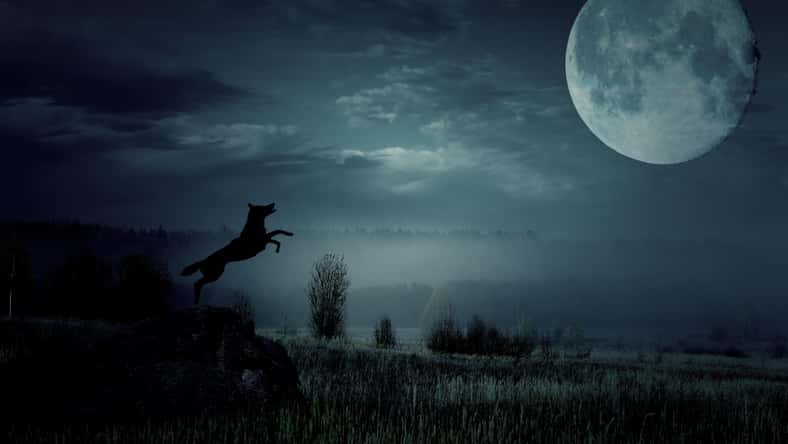200 Years Before The Salem Witch Trials, There Were Werewolf Trials Held In Europe

The Salem witch trials of 1692 have gone down in history as one of the most infamous events to ever occur in America. But 200 years prior, in Europe, people were being accused of lycanthropy or transforming into werewolves.
The punishments for the crime were extremely gruesome at times. For instance, a German man named Peter Stumpp met a horrible ending after confessing to making a deal with the devil that allowed him to shape-shift and kill countless victims over several years.
In 1589, he was publicly executed. His skin was ripped off with hot pinchers, and his head was chopped off before his body was burned at the stake. Later, his head was attached to a wooden pole and served as a warning of what would happen if one decided to consort with the devil.
These werewolf trials took place throughout the fifteenth, sixteenth, and seventeenth centuries and were mainly driven by political and religious clashes. At the time, the Christians of Europe were against paganism, which was practiced primarily by the peasantry.
Therefore, many of the people who were accused of being werewolves were beggars or hermits. Historians believe that many of those who confessed to the crimes had been coerced to do so after being tortured.
Furthermore, some individuals also suffered from delusions and had low intelligence, preventing them from understanding what they were admitting to.
The idea of humans turning into wolves dates back thousands of years. In literature from ancient Mesopotamia in 2100 B.C., there was a story of a hero who left his lover after discovering that she turned an ex into a werewolf.
Werewolves also showed up in folklore during the Middle Ages. They were described as characters who changed into beasts against their will and were desperate to become humans again.
During the 1400s, witch trials were prevalent in Europe, and werewolf trials surfaced alongside them.

novolodskiy – stock.adobe.com- illustrative purposes only
In the Valais region of Switzerland, witches were blamed for causing bad crops, blindness, infertility, turning into wolves, and killing cattle. Hundreds of men and women were convicted and burned at the stake with sacks of gunpowder tied around their necks.
Werewolf trials spread to a region in France, where actual wolves were abundant and often hunted villagers and their livestock, so there was plenty of opportunity to make accusations.
The confessions of the accused often shared similar details. They claimed that a man dressed in black turned them into werewolves by giving them some kind of magical belt or salve.
Witnesses professed to spotting beasts with large, glowing eyes and pointed fangs that could run at high speeds. Citizens were encouraged to arm themselves and hunt down the werewolves.
Courts would also call in doctors to state their opinions. One common belief was that the people who confessed to lycanthropy suffered from a type of depression that involved mania and delusions.
But many other physicians blamed the devil, declaring that Satan was behind the ailments. It was hard to dispute the word of respected experts.
Today, modern medical professionals speculate that some of the “werewolves” may have suffered from a condition called porphyria, which includes symptoms such as light sensitivity, reddish teeth, and psychosis. Additionally, a hereditary condition, hypertrichosis, might’ve caused excessive hair growth.
By the seventeenth century, the werewolf craze began to die out. As the population grew and industrialization took over, the threat posed by real wolves gradually decreased, and werewolves faded into myth.
If true crime defines your free time, this is for you: join Chip Chick’s True Crime Tribe
How To Decorate Your Home In The Art Deco Style
Sign up for Chip Chick’s newsletter and get stories like this delivered to your inbox.
More About:Freaky





